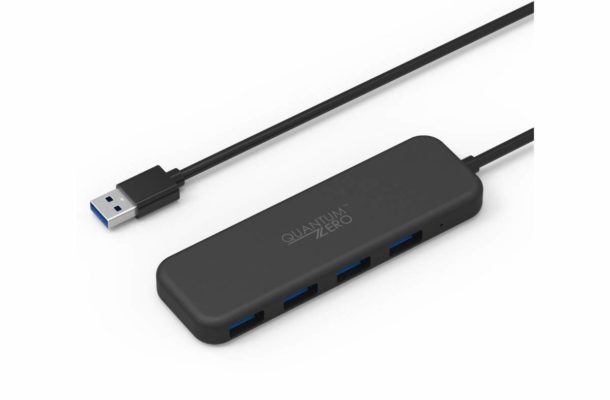NEW DELHI: After USB 3, it’s now time for the next generation of USB architecture. The USB Promoter Group has announced USB 4 specification. It is seen a major update that is build on the existing USB 3.2 and USB 2.0 architectures. The USB 4 architecture is based on the Thunderbolt protocol specification recently contributed by Intel Corporation. It doubles the bandwidth of USB and enables multiple simultaneous data and display protocols.
The new USB4 architecture defines a method to share a single high-speed link with multiple end device types dynamically that best serves the transfer of data by type and application. As the USB Type-C connector has evolved into the role as the external display port of many host products, the USB 4 specification provides the host the ability to optimally scale allocations for display data flow.
Even as the USB 4 specification introduces a new underlying protocol, compatibility with existing USB 3.2, USB 2.0 and Thunderbolt 3 hosts and devices is supported; the resulting connection scales to the best mutual capability of the devices being connected.
USB 4 based ports will offer two-lane operation using existing USB Type-C cables and up to 40 Gbps operation over 40 Gbps-certified cables. Also, it will cater to multiple data and display protocols to efficiently share the total available bandwidth over the bus
Backward compatibility with USB 3.2, USB 2.0 and Thunderbolt 3
The USB4 specification is on track to be published around the middle of 2019.
“Releasing the Thunderbolt protocol specification is a significant milestone for making today’s simplest and most versatile port available to everyone,” said Jason Ziller, General Manager, Client Connectivity Division at Intel. “By collaborating with the USB Promoter Group, we’re opening the doors for innovation across a wide range of devices and increasing compatibility to deliver better experiences to consumers.”
Source: gadgetsnow.com


Comments